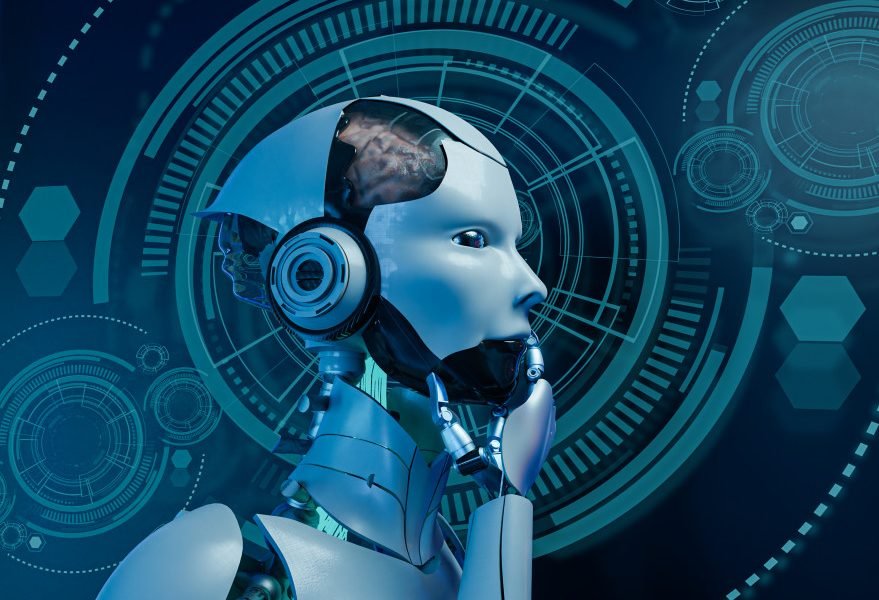Revolutionizing Artificial Intelligence: The Rise of Efficient Models
Artificial Intelligence (AI) has made significant strides in various industries, from healthcare to finance, but faces challenges due to the size and computational demands of advanced models. With AI models expected to exceed 100 trillion parameters, current hardware capabilities are being pushed to their limits.
Training these massive models requires substantial computational resources, often consuming hundreds of GPU hours. Deploying them on edge devices brings further challenges related to energy consumption, memory usage, and latency, hindering widespread adoption.
Addressing Challenges with Efficient AI Models
To tackle these obstacles, researchers and practitioners are turning to techniques like model quantization and efficiency optimization. Model quantization reduces memory usage and speeds up inference by lowering the precision of model weights and activations.
The Growing Need for Efficiency in AI
The costs and resource consumption involved in training models like GPT-4 are substantial and pose significant hurdles. Deploying these models onto resource-constrained devices presents challenges such as memory limitations and latency issues. The environmental impact of energy-intensive data centers powering AI operations also raises sustainability concerns.
Across sectors like healthcare, finance, autonomous vehicles, and natural language processing, the demand for efficient AI models is on the rise. These models enhance various applications by improving performance, scalability, and sustainability.
Understanding Model Quantization
Model quantization is essential for reducing memory footprint and computational demands of neural network models. By converting high-precision numerical values into lower-precision formats, quantization significantly reduces model size without sacrificing performance.
There are two primary approaches to quantization: post-training quantization and quantization-aware training. Post-training quantization occurs after training a model using full precision, while quantization-aware training involves training the model with quantization in mind from the outset.
Techniques for Efficiency Optimization
Efficiency optimization is crucial in AI development, ensuring improved performance and scalability. Techniques like pruning, knowledge distillation, and hardware acceleration play a key role in optimizing model efficiency and reducing energy consumption.
Innovations in Quantization and Optimization
Mixed-precision training, adaptive methods, AutoML, and Neural Architecture Search are driving significant advancements in AI efficiency. These innovations enable the deployment of advanced solutions across diverse platforms and applications.
Emerging Trends and Future Implications
Sparse quantization, efficient AI deployment on edge devices, and sustainability remain key trends in AI optimization. These trends are shaping the future of model efficiency and advancing AI development towards more inclusive and technologically advanced solutions.
The Bottom Line
Advancements in model quantization and efficiency optimization are revolutionizing the field of AI by developing powerful, accurate, and sustainable models. Quantization plays a pivotal role in reducing computational costs, memory usage, and energy consumption, paving the way for a more inclusive technological future.
1. What is model quantization in AI development?
Model quantization in AI development is the process of reducing the precision of numerical values used to represent model parameters and activations. This can help to optimize memory usage and computational efficiency of AI models.
2. Why is efficiency optimization important in AI development?
Efficiency optimization is important in AI development because it allows for faster and more cost-effective deployment of AI models. By optimizing the efficiency of models through techniques like quantization, developers can improve performance on resource-constrained devices and reduce energy consumption.
3. What trends are emerging in AI development related to model quantization?
Some emerging trends in AI development related to model quantization include the use of neural network pruning techniques to reduce model size, the development of quantization-aware training methods to improve model accuracy after quantization, and the implementation of hardware accelerators for efficient inference.
4. How does model quantization impact the accuracy of AI models?
Model quantization can impact the accuracy of AI models by reducing the precision of numerical values used to represent model parameters and activations. While quantization can lead to some loss of accuracy, techniques like quantization-aware training can help to mitigate these effects and maintain model performance.
5. What are some practical applications of efficiency optimization in AI development?
Efficiency optimization in AI development has practical applications in areas such as edge computing, where AI models need to run on resource-constrained devices like smartphones and IoT devices. By optimizing the efficiency of models through techniques like quantization, developers can improve performance and speed up inference on these devices.
Source link












